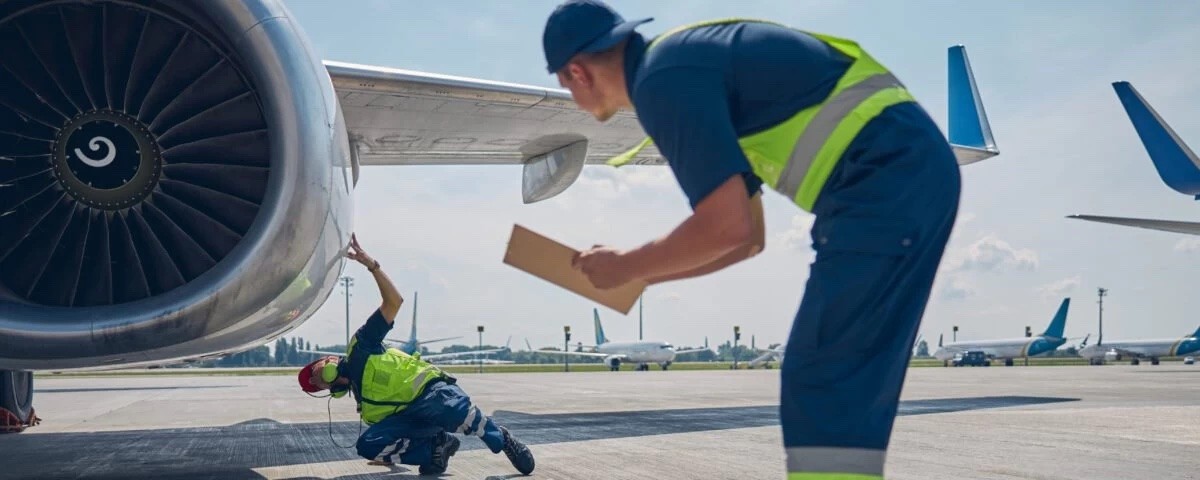
In the competitive world of aviation, regional airlines strive to improve their operational efficiency, reduce costs, and optimize resources. This article presents industry-backed tips and addresses controversial opinions on how to achieve these objectives.
Regional airlines face unique challenges, from fluctuating fuel prices to the pressure to maintain competitive fares. Operational efficiency has become essential to ensure long-term sustainability and profitability.
One of the main areas of focus is route optimization. Using data analysis to identify more efficient routes in terms of distance and time, thereby minimizing operational costs associated with fuel and flight time, has become a key priority for regional airlines.
By employing advanced analytics technologies such as Big Data and Machine Learning, airlines can identify patterns in historical flight data and adjust routes accordingly, taking into account factors such as weather, air traffic, and the availability of alternative routes. This not only reduces operational costs but also improves punctuality and overall operational efficiency. Route optimization can also positively impact the passenger experience by reducing travel times and delays, leading to greater customer satisfaction and brand loyalty.

Data-driven scheduled maintenance is a fundamental strategy for improving operational efficiency. By leveraging continuously collected information on the status of aircraft, airlines can anticipate and prevent potential issues before they become costly operational disruptions. Implementing a proactive approach to maintenance helps minimize downtime and optimize fleet availability.
By using advanced monitoring and data analysis systems, airlines can identify patterns and trends in the performance of their assets, allowing them to make informed decisions about when and how to schedule maintenance. This not only reduces costs associated with reactive maintenance but also enhances fleet reliability and operational safety.
- Cost Reduction: By preventing failures and optimizing aircraft downtime, airlines can avoid costly repair expenses and revenue losses associated with unplanned downtime.
- Operational Efficiency Improvement: Maintaining a regular, data-driven maintenance program enables airlines to maximize fleet availability and minimize operational delays, leading to more efficient and punctual operations.
- Safety Enhancement: By proactively identifying and addressing potential maintenance issues, airlines can improve operational safety and ensure a safer flying environment for passengers and crew.

Advanced inventory management is a key strategy for improving operational efficiency in regional airlines. By employing advanced inventory management systems, airlines can optimize resource usage and avoid both shortages and excess inventory.
Using data analysis tools, airlines can predict future demand for parts and components, allowing for more accurate planning of inventory needs. This ensures that airlines maintain optimal inventory levels, minimizing costs associated with storage and maintenance of spare parts.
- Cost Reduction: By avoiding obsolescence and minimizing excess storage of spare parts, airlines can significantly reduce costs associated with inventory management.
- Payload Optimization: By maintaining optimal inventory levels, airlines can optimize the payload of their aircraft, reducing weight and associated fuel consumption.
- Fleet Availability Improvement: By ensuring an adequate supply of spare parts, airlines can minimize fleet downtime and optimize aircraft availability for service.
According to the International Air Transport Association (IATA), regional airlines that have implemented effective operational efficiency strategies have experienced an average decrease of 15% in operational costs over the past two years. These figures highlight the importance and positive impact of improving efficiency in the industry.
Regional airlines can improve their operational efficiency by implementing best practices to optimize key resources, such as staff training and the adoption of innovative technologies.
- Staff Training: Investing in training programs to improve skills and efficiency among staff is essential for optimizing human resources in an airline. By training staff in areas such as aircraft maintenance, fleet management, and customer service, airlines can improve operational efficiency and service quality.
- Innovative Technology: The adoption of innovative technologies, such as artificial intelligence and predictive maintenance, can help airlines optimize the use of technical resources and improve operational efficiency. For example, by using artificial intelligence algorithms to schedule preventative maintenance, airlines can reduce fleet downtime and optimize aircraft availability.

In the competitive world of the aviation sector, operational efficiency is crucial for success. By implementing innovative strategies backed by the industry, airlines can not only reduce costs but also improve the quality and safety of service. Although opinions may be controversial, finding the right balance between efficiency and quality remains essential for the sustainable development of regional airlines.